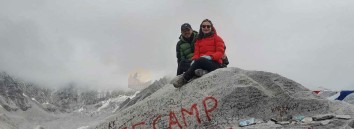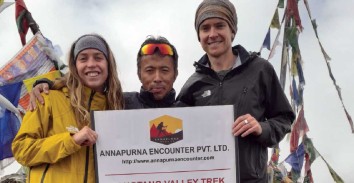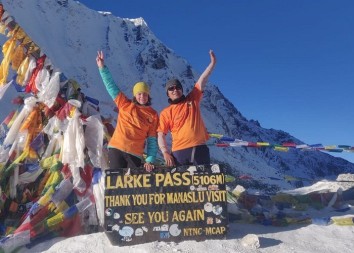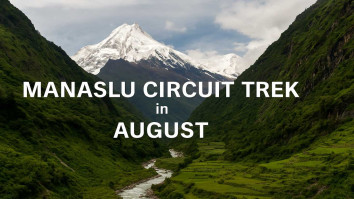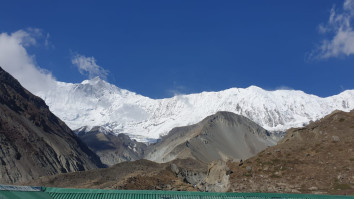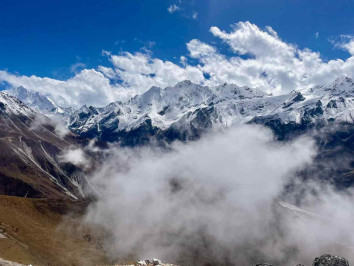Conquering Heights: A Comprehensive Guide to Annapurna Base Camp's Elevation and Trekking Experience
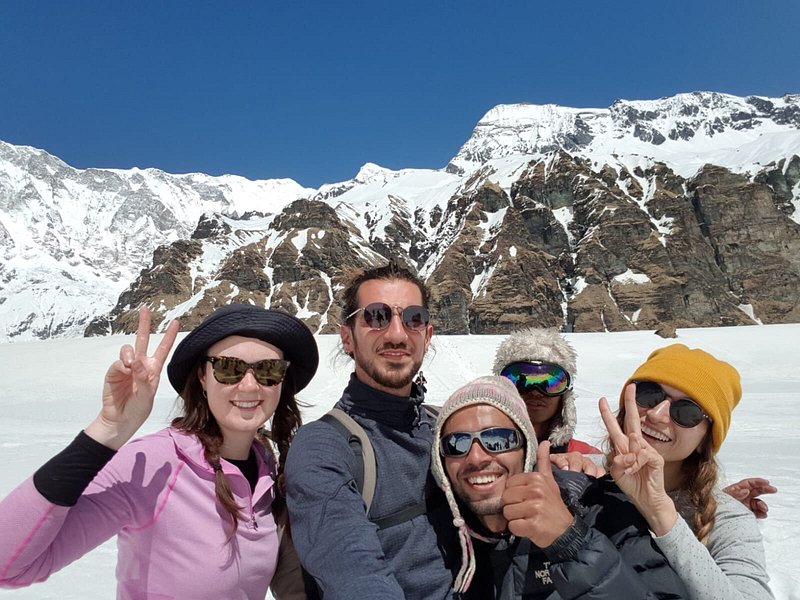
23rd Jul, 2025
- annapurnaencounter
Nestled in the heart of the majestic Himalayas, Annapurna Base Camp (ABC) offers an awe-inspiring journey that beckons adventurers from around the globe. Rising to an elevation of 4,130 meters, this trek is not just a challenge for the body but a transformative experience for the soul. As you traverse through lush rhododendron forests, quaint villages, and rugged terrains, you’ll be greeted by panoramic views of towering peaks, including the iconic Annapurna Massif. Each step brings you closer to nature’s grandeur and the rich culture of the Gurung people. Whether you're a seasoned trekker or a first-time explorer, this comprehensive guide to Annapurna Base Camp will equip you with essential insights and tips to conquer the heights. Prepare to immerse yourself in breathtaking landscapes and unforgettable moments that will leave an indelible mark on your adventurous spirit. Let the journey begin!
Table of Contents
Understanding the Elevation: Key Facts and Figures
Annapurna Base Camp, often abbreviated as ABC, is situated at an elevation of 4,130 meters (13,550 feet) above sea level. This lofty height places it among the most renowned trekking destinations globally, attracting thousands of adventurers each year. The base camp is nestled within the Annapurna Sanctuary, a high glacial basin that boasts an array of stunning vistas and towering peaks. The Annapurna massif, which includes several peaks over 7,000 meters, provides a dramatic backdrop for trekkers as they make their way to ABC. The elevation of Annapurna Base Camp is significant not just for its sheer height but for the diverse ecological zones and climatic conditions trekkers encounter along the way.
Understanding the elevation is crucial for anyone planning to undertake this trek. As you ascend from the lower altitudes, you’ll notice a gradual but distinct change in the environment. The trek begins at around 800 meters in the town of Pokhara and steadily climbs through various landscapes including subtropical forests, alpine meadows, and high-altitude deserts. Each stage of the trek offers unique challenges and breathtaking views, making the journey to ABC a multifaceted adventure. The elevation profile also means that trekkers must be mindful of altitude sickness, which can affect even the most experienced adventurers.
The elevation of Annapurna Base Camp is more than just a number; it represents a journey through diverse terrains and cultures. The trek allows you to experience the rich tapestry of the Himalayas, from the lush rhododendron forests at lower elevations to the stark, rocky landscapes near the base camp. The varying altitudes also mean encountering different weather patterns, flora, and fauna, adding to the trek's allure. By understanding the elevation and its implications, trekkers can better prepare for the challenges and rewards that lie ahead on their journey to Annapurna Base Camp.
The Importance of Acclimatization in High-Altitude Trekking
Acclimatization is a critical component of high-altitude trekking, and it plays a pivotal role in ensuring a safe and enjoyable journey to Annapurna Base Camp. At elevations above 2,500 meters, the reduced oxygen levels can lead to altitude sickness, which manifests in symptoms such as headaches, dizziness, nausea, and fatigue. To mitigate these risks, trekkers must allow their bodies time to adapt to the changing altitude by following a gradual ascent and incorporating rest days into their itinerary. Proper acclimatization not only enhances physical well-being but also maximizes the chances of successfully reaching ABC without adverse health effects.
One effective strategy for acclimatization is the "climb high, sleep low" approach, which involves ascending to a higher elevation during the day and descending to a lower elevation to sleep. This method helps the body adjust to the altitude more effectively by stimulating physiological adaptations, such as increased red blood cell production and improved oxygen utilization. Additionally, staying well-hydrated and maintaining a balanced diet rich in carbohydrates can support acclimatization. Trekkers should also be mindful of their pace, avoiding rapid ascents that can exacerbate altitude sickness.
Acclimatization goes beyond physical adjustments; it also involves mental preparation and awareness. Trekkers should educate themselves about the signs and symptoms of altitude sickness and be prepared to take necessary actions, such as descending to a lower elevation if symptoms worsen. Listening to one's body and communicating with fellow trekkers and guides can make a significant difference in managing altitude-related challenges. By prioritizing acclimatization, trekkers can not only safeguard their health but also fully immerse themselves in the awe-inspiring landscapes and experiences that the journey to Annapurna Base Camp offers.
Preparing for the Trek: Essential Gear and Packing List
Proper preparation is essential for a successful trek to Annapurna Base Camp, and having the right gear can make all the difference. The trek involves a variety of terrains and weather conditions, so packing strategically is crucial. Start with the basics: a sturdy pair of trekking boots that provide ankle support and have a good grip for navigating rocky paths and slippery trails. Comfortable clothing that can be layered is also important, as temperatures can vary significantly throughout the day. Moisture-wicking base layers, insulating mid-layers, and waterproof outer layers form the foundation of a suitable trekking wardrobe.
In addition to clothing, there are several other essential items that every trekker should include in their packing list. A reliable backpack with a capacity of 40-50 liters is ideal for carrying all your gear. Make sure it has a rain cover to protect your belongings from unexpected showers. Trekking poles are highly recommended, as they provide stability and reduce strain on your legs during steep ascents and descents. Other crucial items include a headlamp with extra batteries, a water bottle or hydration system, and a first aid kit equipped with altitude sickness medication and basic supplies.
Preparing for the Annapurna Base Camp trek also involves thinking about the practicalities of day-to-day life on the trail. Pack lightweight, quick-drying towels and biodegradable soap for personal hygiene. A sleeping bag rated for low temperatures is essential for staying warm at higher elevations. Snacks such as energy bars, nuts, and dried fruits can provide a quick boost during long trekking days. Don't forget to bring a map, compass, or GPS device to help navigate the trails, as well as a camera to capture the stunning vistas along the way. By meticulously preparing and packing the right gear, trekkers can ensure a smoother and more enjoyable journey to Annapurna Base Camp.
The Trekking Route: Overview and Key Stages
The route to Annapurna Base Camp is a captivating journey that weaves through diverse landscapes and offers a variety of experiences. The trek typically starts in Pokhara, a vibrant town known for its stunning lakes and panoramic mountain views. From Pokhara, trekkers head to Nayapul, the official starting point of the trek. The initial stages involve traversing through lush forests, crossing sparkling rivers, and passing through quaint villages such as Tikhedhunga and Ghorepani. The ascent to Poon Hill, a popular vantage point, provides breathtaking sunrise views of the Annapurna and Dhaulagiri ranges, setting the tone for the adventure ahead.
As trekkers continue their journey, they encounter the enchanting village of Chhomrong, perched on a ridge with spectacular views of Annapurna South and Machapuchare (Fishtail). The trail then descends into the Modi Khola valley, leading to Bamboo and Dovan. This section of the trek is characterized by dense forests and cascading waterfalls, creating a serene atmosphere. The trek gradually ascends to Deurali, where the landscape transitions to more rugged terrain. The final push to Annapurna Base Camp involves navigating through the Annapurna Sanctuary, a high-altitude glacial basin enclosed by towering peaks. The sense of anticipation builds as trekkers approach the base camp, culminating in awe-inspiring panoramic views that make the challenging journey worthwhile.
Each stage of the trekking route to Annapurna Base Camp offers unique highlights and challenges. From the cultural richness of Gurung villages to the natural beauty of rhododendron forests and alpine meadows, the trek is an immersive experience that connects trekkers with the heart of the Himalayas. The diverse terrains and elevations encountered along the route require careful planning and preparation, but the rewards are immeasurable. Whether it's the camaraderie shared with fellow trekkers, the encounters with local communities, or the sheer magnificence of the mountainous landscape, every step towards Annapurna Base Camp is a testament to the spirit of adventure.
Best Time to Trek to Annapurna Base Camp
Choosing the best time to trek to Annapurna Base Camp is crucial for ensuring a memorable and comfortable experience. The ideal trekking seasons are pre-monsoon (spring) and post-monsoon (autumn), when the weather is relatively stable, and the trails are less muddy. Spring, from March to May, is a popular choice due to the mild temperatures and blooming rhododendron forests that add vibrant colors to the landscape. The visibility during spring is generally excellent, allowing trekkers to enjoy clear views of the surrounding peaks. The pleasant weather and natural beauty make spring an attractive time for embarking on the ABC trek.
Autumn, from September to November, is another favored season for trekking to Annapurna Base Camp. The post-monsoon period brings clear skies and crisp air, providing breathtaking vistas of the snow-capped mountains. The temperatures during autumn are comfortable, neither too cold nor too hot, making it ideal for trekking. Additionally, the trails are less crowded compared to the peak spring season, offering a more tranquil experience. The autumn months also coincide with several cultural festivals in Nepal, providing trekkers with the opportunity to immerse themselves in local traditions and celebrations.
While spring and autumn are considered the best times for the ABC trek, it's important to note that each season has its unique charm. Winter (December to February) offers solitude and pristine snow-covered landscapes, though it requires more preparation for the colder temperatures. Monsoon (June to August) presents lush greenery and fewer crowds but comes with the challenges of heavy rainfall and slippery trails. Ultimately, the choice of the best time to trek depends on personal preferences and priorities. By understanding the seasonal variations and planning accordingly, trekkers can maximize their enjoyment and safety on the journey to Annapurna Base Camp.
Physical Fitness and Training for the Trek
Embarking on the Annapurna Base Camp trek requires a good level of physical fitness and endurance. The trek involves long hours of walking, often on steep and uneven terrain, so it's essential to prepare your body for the demands of the journey. Start your training regimen well in advance of the trek, focusing on building cardiovascular endurance, strength, and flexibility. Activities such as hiking, running, cycling, and swimming can improve your overall fitness and stamina. Incorporate strength training exercises that target your legs, core, and upper body, as these muscle groups play a crucial role in trekking.
In addition to physical training, it's important to simulate the conditions you’ll face on the trek. Practice hiking with a loaded backpack to get accustomed to carrying weight over long distances. Gradually increase the duration and intensity of your hikes, incorporating elevation gains to mimic the uphill sections of the Annapurna Base Camp trek. Training in varied terrains, such as rocky paths and forest trails, can help prepare you for the diverse landscapes encountered on the trek. Building mental resilience and learning to pace yourself are also key aspects of training, as the trek requires sustained effort over multiple days.
Adequate physical preparation not only enhances your performance on the trek but also reduces the risk of injuries and altitude sickness. Listen to your body and allow ample time for rest and recovery during your training. Staying hydrated and maintaining a balanced diet rich in nutrients will support your fitness goals. Consider consulting with a fitness trainer or joining a trekking group to stay motivated and receive guidance. By committing to a comprehensive training plan, trekkers can approach the Annapurna Base Camp trek with confidence and readiness, ensuring a more enjoyable and successful adventure.
Cultural Insights: Local Communities and Traditions
The Annapurna Base Camp trek is not just a journey through breathtaking landscapes, but also an immersive experience into the rich cultural heritage of the region. The trail passes through several villages inhabited by the Gurung and Magar communities, who have preserved their unique customs and traditions for centuries. Interacting with the local people offers trekkers a fascinating glimpse into their way of life, characterized by hospitality, resilience, and a deep connection to the natural environment. The vibrant culture of these communities adds a meaningful dimension to the trekking experience.
One of the most striking aspects of the local culture is the traditional architecture of the villages. Stone-built houses with slate roofs and intricately carved wooden windows reflect the craftsmanship and aesthetic sensibilities of the Gurung and Magar people. The villages are often adorned with prayer flags and small shrines, indicating the spiritual significance of the region. Trekkers can visit monasteries and temples to learn about the religious practices and rituals that play an integral role in daily life. Participating in local festivals and ceremonies, such as the colorful Dashain and Tihar celebrations, provides an opportunity to witness the cultural vibrancy firsthand.
The culinary traditions of the region are another highlight of the trek. Trekkers can savor authentic Nepali cuisine, including staples such as dal bhat (lentil soup with rice), momo (dumplings), and thukpa (noodle soup). Sharing meals with local families in teahouses offers a taste of the communal lifestyle and the importance of food in fostering connections. Additionally, trekkers can learn about traditional farming practices and the sustainable use of natural resources that support the livelihoods of the local communities. By embracing the cultural insights and engaging with the people along the trek, adventurers can enrich their journey to Annapurna Base Camp with unforgettable experiences and meaningful interactions.
Safety Tips and Emergency Preparedness
Safety is paramount when trekking to Annapurna Base Camp, and being well-prepared can make a significant difference in handling potential challenges. One of the foremost safety tips is to trek with a reputable guide or join a trekking group. Experienced guides are familiar with the terrain, weather conditions, and emergency procedures, providing invaluable support throughout the trek. They can also assist with navigation, communication with local communities, and managing altitude-related issues. Trekking with a group enhances safety by ensuring that help is readily available in case of an emergency.
Acclimatization is a critical aspect of safety on the Annapurna Base Camp trek. Ascend gradually and incorporate rest days to allow your body to adjust to the altitude. Be vigilant about the symptoms of altitude sickness, such as headaches, nausea, and shortness of breath. If symptoms persist or worsen, descend to a lower elevation immediately. Hydration is essential for preventing altitude sickness, so drink plenty of water and avoid alcohol and caffeine. Carry a basic first aid kit with medications for altitude sickness, pain relief, and common ailments. Familiarize yourself with emergency contact numbers and the locations of medical facilities along the route.
Weather conditions in the Himalayas can be unpredictable, so it's important to be prepared for sudden changes. Pack appropriate clothing for varying temperatures and ensure that your gear is waterproof. Monitor weather forecasts and heed advice from local guides regarding trail conditions. In case of severe weather or natural hazards, be prepared to alter your itinerary or seek shelter. Communication devices such as satellite phones or personal locator beacons can be lifesaving in remote areas. By prioritizing safety and emergency preparedness, trekkers can navigate the challenges of the Annapurna Base Camp trek with confidence and peace of mind.
Conclusion: Embracing the Journey to Annapurna Base Camp
The trek to Annapurna Base Camp is a transformative adventure that offers more than just physical challenges and stunning vistas. It is a journey that immerses trekkers in the beauty and diversity of the Himalayas, from the verdant forests and terraced fields to the majestic peaks that rise above the clouds. Each step on the trail brings new experiences and insights, whether it's the warmth of local hospitality, the thrill of conquering steep ascents, or the serenity of high-altitude landscapes. The trek is an invitation to connect with nature, culture, and oneself in profound ways.
Preparation and awareness are key to making the most of the Annapurna Base Camp trekking experience. Understanding the elevation and acclimatization needs, packing essential gear, choosing the best trekking season, and maintaining physical fitness are crucial aspects of planning. Equally important is embracing the cultural richness of the region and interacting with local communities. Safety and emergency preparedness ensure that trekkers can handle potential challenges and enjoy a secure journey. By approaching the trek with mindfulness and respect for the environment and people, adventurers can create lasting memories and meaningful connections.
As the journey to Annapurna Base Camp concludes, trekkers carry with them a sense of accomplishment and a deeper appreciation for the natural and cultural treasures of the Himalayas. The trek is not just a destination but a series of moments that shape one's perspective and enrich one's spirit. Whether it's the breathtaking views, the camaraderie shared with fellow trekkers, or the encounters with local traditions, the experience leaves an indelible mark. Embracing the journey to Annapurna Base Camp is about celebrating the heights conquered and the insights gained, making it an adventure that resonates long after the trek is over.
Recent From Travel Guide
.jpg)
18th Jan, 2023
_11zon.jpg)
18th Jan, 2023

18th Jan, 2023

18th Jan, 2023

8th Dec, 2023
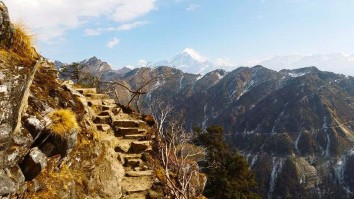
9th Dec, 2023
.jpg)
11th Feb, 2025
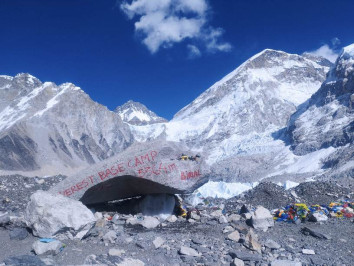
13th Dec, 2023
_11zon.jpg)
18th Dec, 2023
.jpg)
2nd Jan, 2024
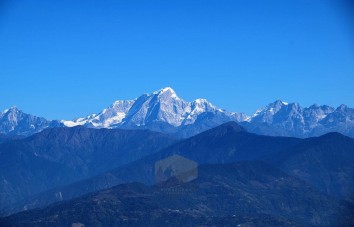
3rd Jan, 2024
_11zon.jpg)
23rd Jun, 2025

24th Jan, 2024
.jpg)
30th Jan, 2024

4th Feb, 2024

5th Feb, 2024
-4.jpg)
6th Feb, 2024

12th Feb, 2024
_11zon.jpg)
18th Feb, 2024
-1.jpg)
7th Mar, 2024

12th Mar, 2024
.jpg)
13th Mar, 2024
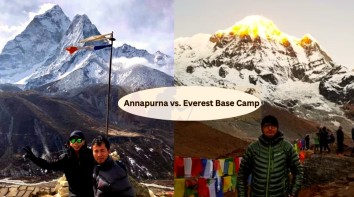
20th Mar, 2024
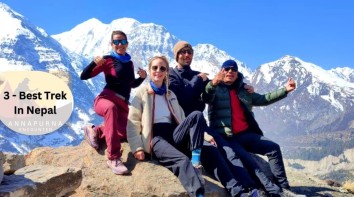
26th Mar, 2024

14th Jan, 2025

14th Jan, 2025
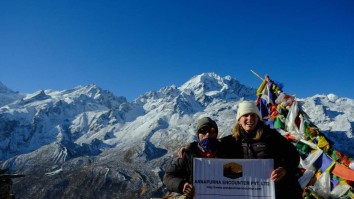
16th Jan, 2025

18th Jan, 2025

20th Jan, 2025

24th Jan, 2025

5th Feb, 2025

5th Feb, 2025
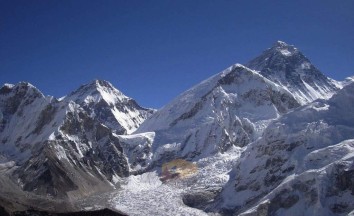
9th Feb, 2025

14th Mar, 2025

3rd Apr, 2025
.jpg)
11th Apr, 2025

16th Apr, 2025
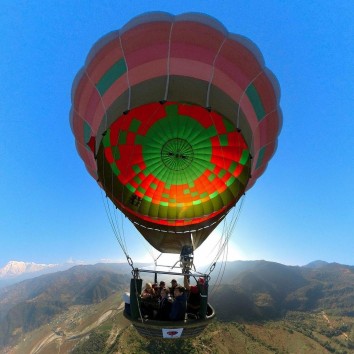
20th Apr, 2025
.jpg)
27th May, 2025
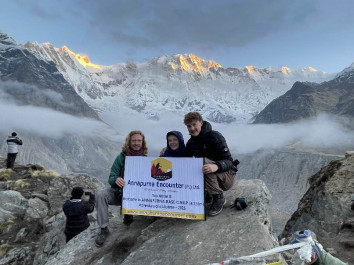
14th Jun, 2025

15th Jun, 2025
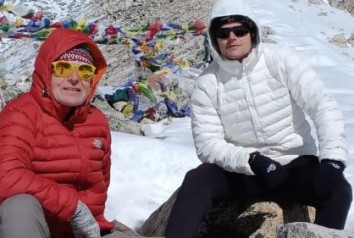
17th Jun, 2025
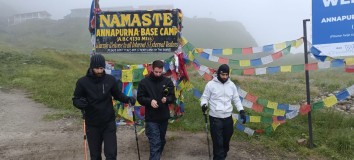
18th Jun, 2025
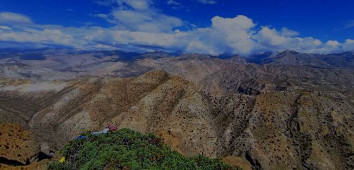
19th Jun, 2025

23rd Jun, 2025
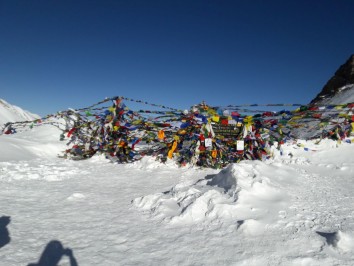
24th Jul, 2025


.jpg)


.jpg)
_11zon.jpg)
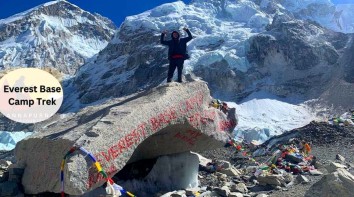
.jpg)
.jpg)
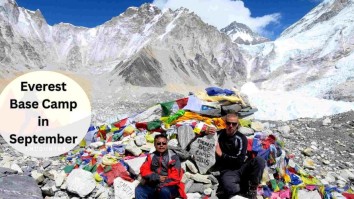
.png)
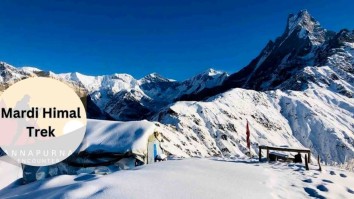
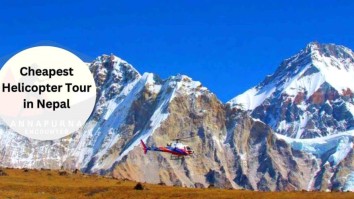
.jpg)
.jpg)
-1.jpg)

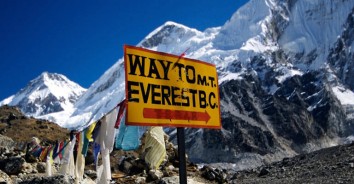
.jpg)

-1.jpg)
